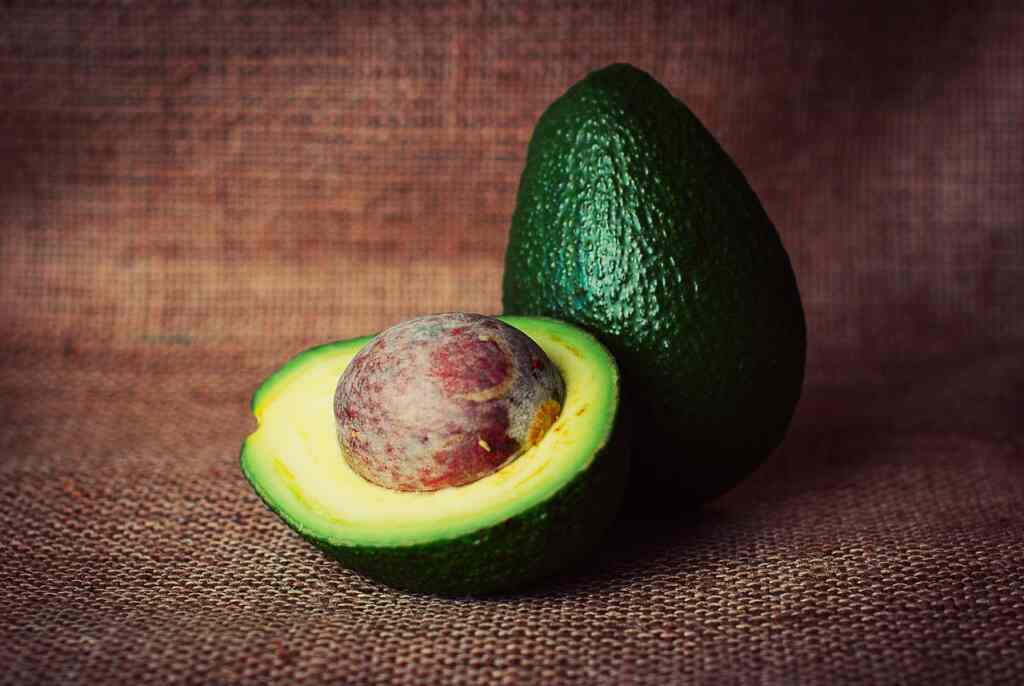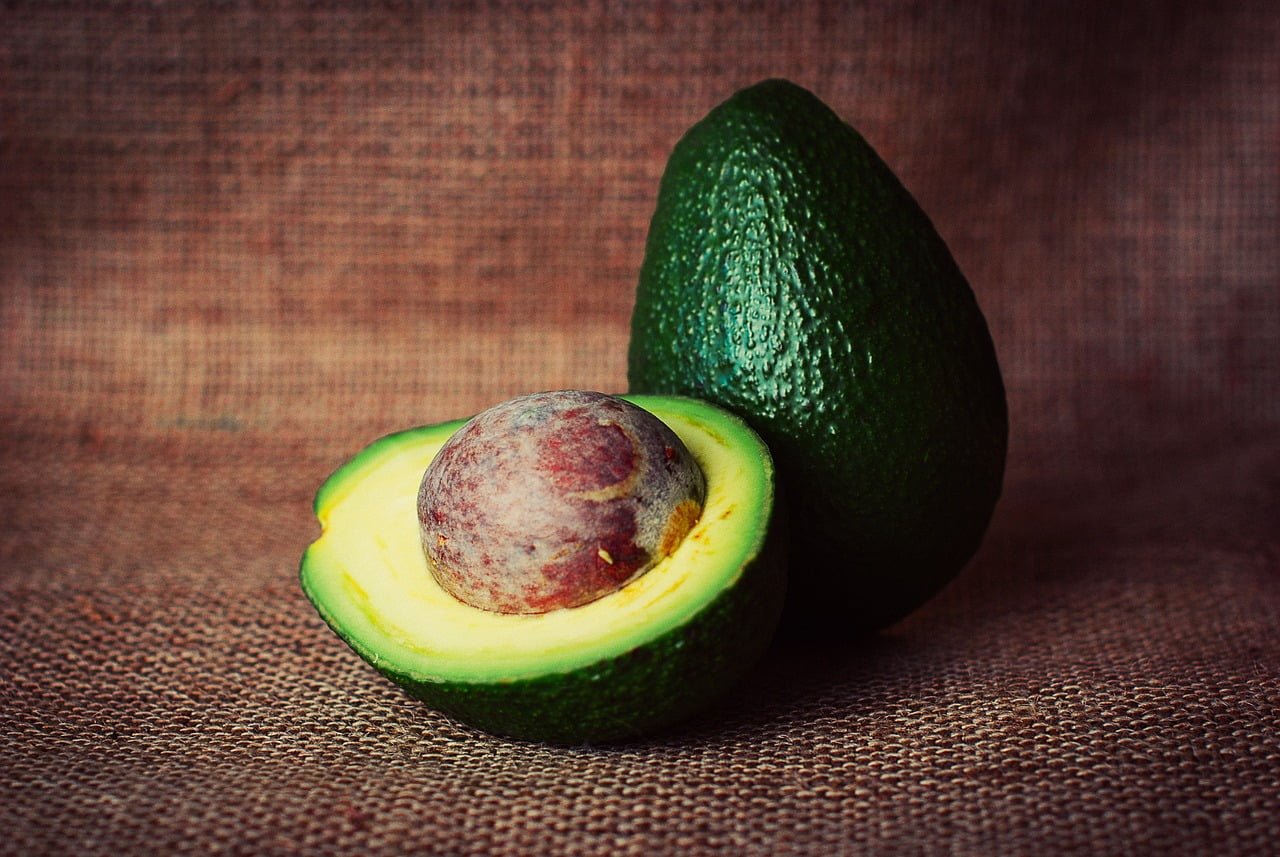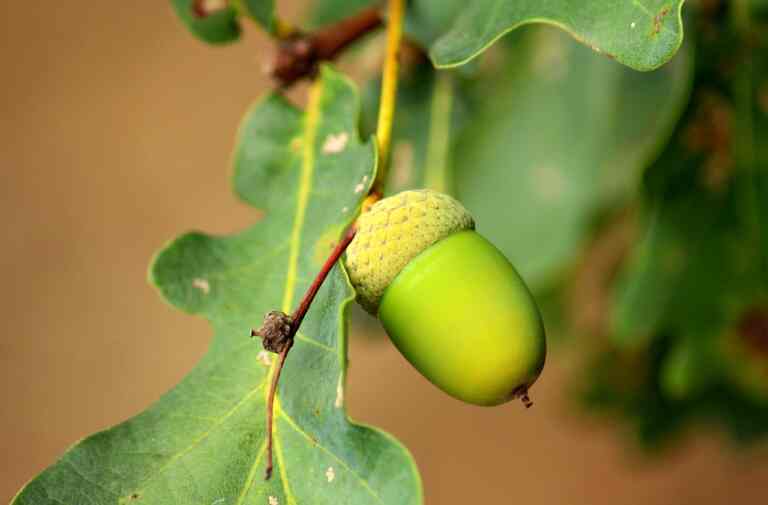Can we eat avocado pits?
Avocado, often referred to as “nature’s butter,” is a beloved fruit renowned for its creamy texture and healthful fats. While the flesh of the avocado is a staple in many diets worldwide, the pit, or seed, is usually discarded without a second thought. But can we eat avocado pits? This question has gained traction due to the growing interest in minimizing food waste and exploring potential health benefits. In this article, we’ll delve into the topic of whether or not avocado pits are edible and examine the potential advantages and risks associated with consuming them.
The Nutritional Composition of Avocado Pits
Avocado pits, like the fruit itself, contain several nutrients, albeit in different proportions. Here’s an overview of their nutritional composition:
- Fiber: Avocado pits are rich in dietary fiber, specifically insoluble fiber. This type of fiber can aid in digestion and promote a feeling of fullness.
- Antioxidants: The pits contain phenolic compounds, such as catechins and procyanidins, which possess antioxidant properties. Antioxidants help protect cells from oxidative damage.
- Flavonoids: These compounds, found in smaller quantities in avocado pits, are associated with various health benefits, including reduced inflammation and improved heart health.
Potential Health Benefits
- Antioxidant Properties: Avocado pits contain various phenolic compounds and antioxidants. These antioxidants can help combat oxidative stress and inflammation, potentially reducing the risk of chronic diseases like heart disease and certain types of cancer.
- Digestive Health: The high fiber content in avocado pits, primarily insoluble fiber, can contribute to better digestion by promoting regular bowel movements and preventing constipation.
- Weight Management: Fiber-rich foods can help you feel full, which may aid in weight management by reducing overall calorie intake. This can be especially useful if you’re trying to maintain or lose weight.
- Eco-Friendly: Incorporating avocado pits into your diet can be seen as an eco-friendly practice since it reduces food waste, one of the significant contributors to environmental problems.

Ways to Consume Avocado Pits
If you’re interested in incorporating avocado pits into your diet, here are some ways to do it:
- Powder: One common method is to dry and grind avocado pits into a fine powder, which can be added to smoothies, oatmeal, or used as a seasoning.
- Tea: Avocado pit tea can be made by steeping thinly sliced or grated pits in hot water. It’s thought to have a mildly earthy flavor.
Risks and Considerations
- Cyanogenic Compounds: Avocado pits contain cyanogenic glycosides, which can release small amounts of cyanide when consumed. While the levels of cyanide produced from avocado pits are generally not harmful when consumed in moderation, it’s crucial not to overindulge. Eating a large number of pits or improperly prepared pits can pose a risk.
- Bitter Taste: The bitterness of avocado pits can be off-putting to some people. The flavor can be earthy and not as pleasant as the creamy flesh of the fruit. This might limit their culinary versatility.
- Preparation: Preparing avocado pits is essential to minimize potential risks. Ensure you wash and dry the pits thoroughly before consumption. Some people also recommend peeling the brown skin from the pit, although this can be challenging.
- Allergies and Sensitivities: Just like with any food, some individuals may have allergies or sensitivities to avocado pits. If you experience any adverse reactions, such as itching, swelling, or gastrointestinal discomfort, discontinue consumption immediately.
- Variability: Avocado pit composition can vary depending on the avocado’s type, ripeness, and origin. This means that the concentration of nutrients and potential risks may differ from one pit to another.
Best time to eat avocado pits?
Eating avocado pits is not a common practice, and there is no specific recommended time to consume them. However, if you choose to incorporate avocado pits into your diet, you can do so at a time that suits your preferences and dietary habits. Here are some considerations:
- As a Snack: You can enjoy avocado pit powder as a snack between meals. The fiber content may help keep you feeling full, making it a good option for curbing cravings.
- In Smoothies: Adding avocado pit powder to your morning smoothie is a convenient way to include it in your diet. It can provide a nutritional boost to start your day.
- With Meals: You can also use avocado pit powder as a seasoning or sprinkle it on dishes like salads, soups, or rice bowls to add a unique flavor and a bit of nutrition.
- Before Exercise: Some people prefer to consume avocado pit powder before a workout or physical activity because it offers fiber and energy.
- In the Evening: If you prefer a warm beverage, you can make avocado pit tea in the evening. The tea can have a soothing effect and can be enjoyed before bedtime.
Remember that the consumption of avocado pits should be in moderation, and it’s essential to be aware of the potential bitterness and the presence of cyanogenic compounds. If you experience any adverse reactions, it’s best to discontinue consumption and consult with a healthcare professional. Additionally, always ensure that the pits are thoroughly cleaned, dried, and prepared before consumption to minimize potential risks.
Conclusion
In summary, avocado pits are indeed edible and contain various nutrients that may offer health benefits. However, their bitter taste and the potential presence of cyanogenic compounds mean that they should be consumed in moderation and with care. If you’re intrigued by the idea of incorporating avocado pits into your diet, consider trying them in powdered form or as a tea. Ultimately, the decision to eat avocado pits should be made with an awareness of the potential risks and personal preferences, and it should complement a balanced diet rather than replace more traditional, nutritious foods.
This article is reviewed by Russel, before publishing. If you have any doubt, you can contact us or consult with your nearby doctor. Remember, in medical matters, there is no same advice, cure, and medicine for all.







